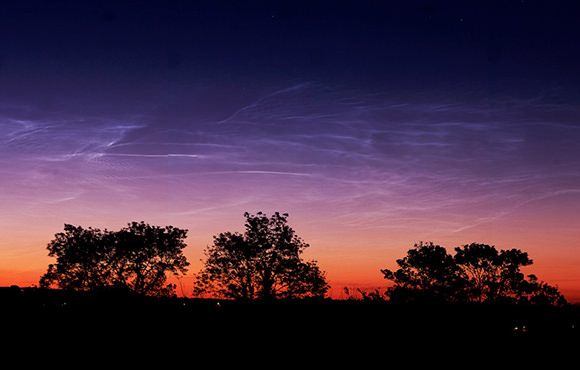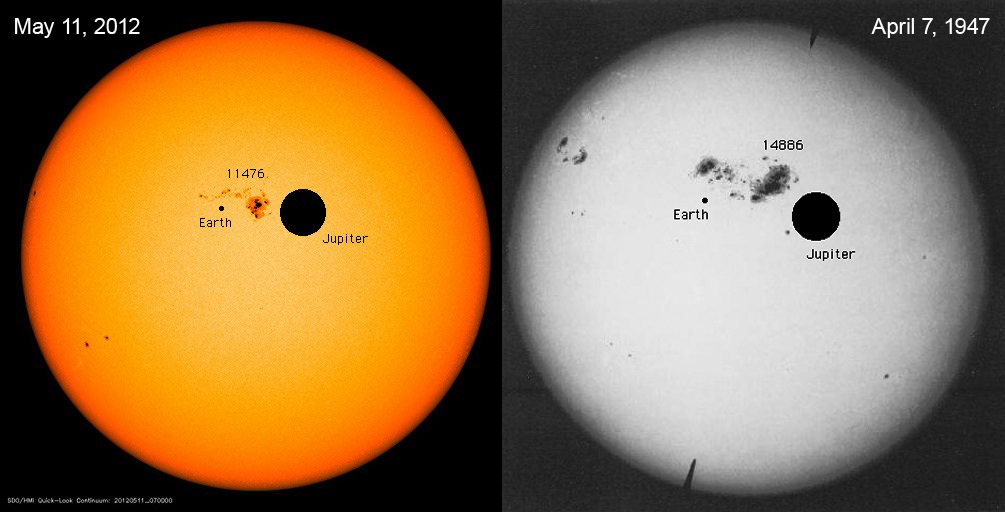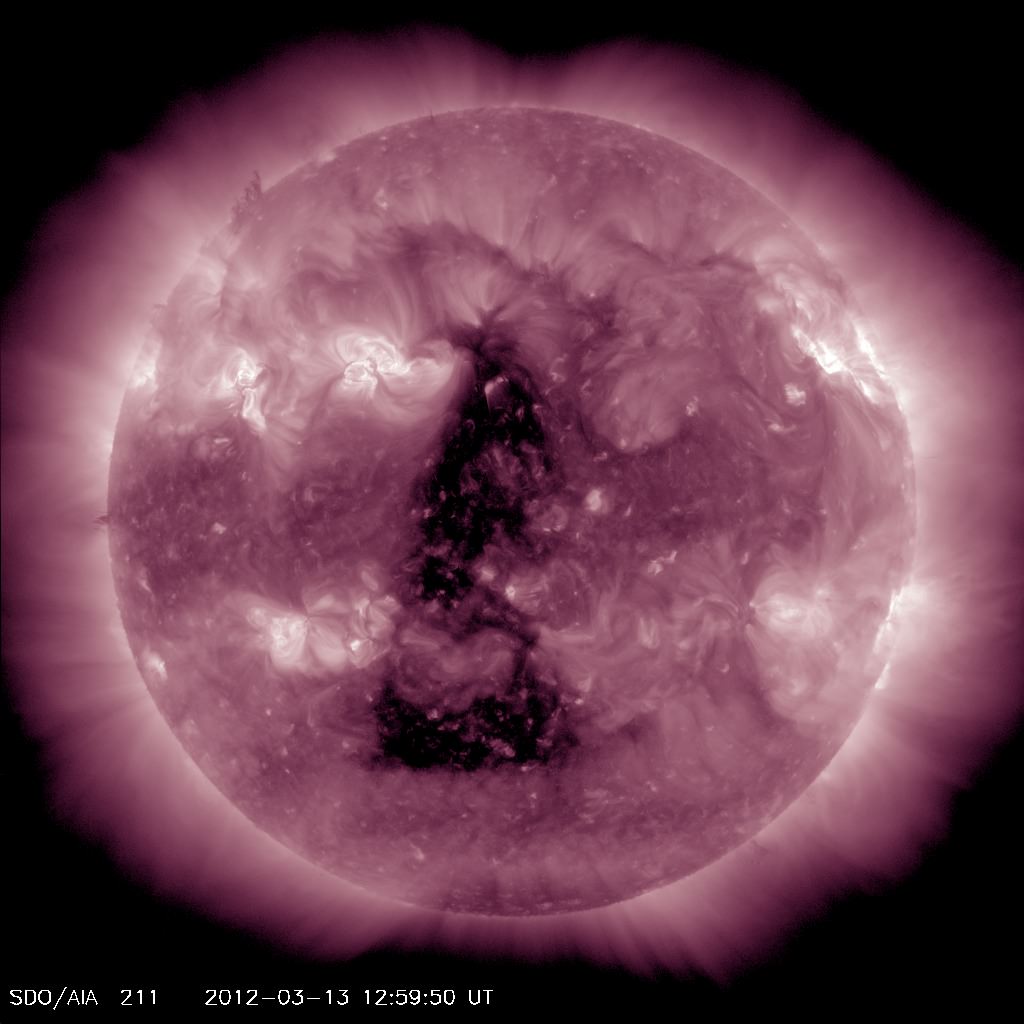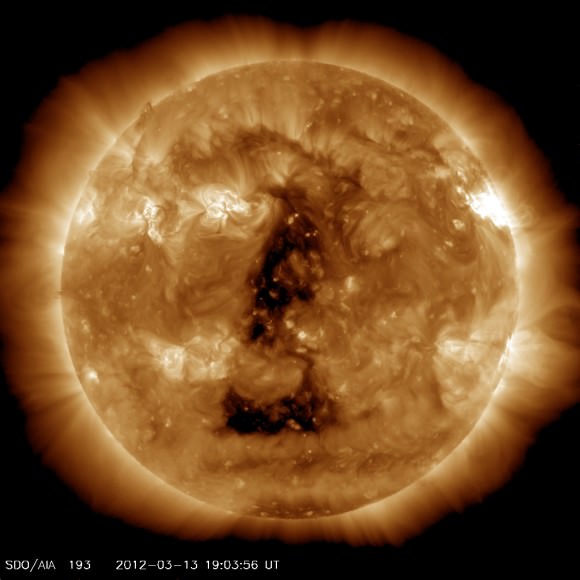The season for noctilucent “night-shining” clouds is arriving in the northern hemisphere, when wispy, glowing tendrils of high-altitude ice crystals may be seen around the upper latitudes, shining long after the Sun has set. Found about 83 km (51 miles) up, noctilucent clouds (also called polar mesospheric clouds) are the highest cloud formations in the atmosphere. They’ve been associated with rocket launches and space shuttle re-entries and are now thought to also be associated with meteor activity… and for some reason, this year they showed up a week early.
Noctilucent clouds (NLCs) form between 76 to 85 kilometers (47 to 53 miles) above Earth’s surface when there is just enough water vapor to freeze into ice crystals. The icy clouds are illuminated by the Sun when it is just below the horizon, after darkness has fallen, giving them their night-shining properties. This year NASA’s AIM spacecraft, which is orbiting Earth on a mission to study high-altitude ice, started seeing noctilucent clouds on May 13th.
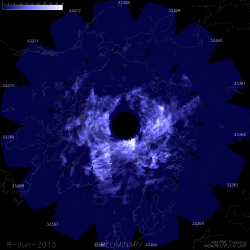
(Credit: LASP/University of Colorado)
“The 2013 season is remarkable because it started in the northern hemisphere a week earlier than any other season that AIM has observed,” reports Cora Randall of the Laboratory for Atmospheric and Space Physics at the University of Colorado. “This is quite possibly earlier than ever before.”
The early start is extra-puzzling because of the solar cycle. Researchers have long known that NLCs tend to peak during solar minimum and bottom-out during solar maximum — a fairly strong anti-correlation. “If anything, we would have expected a later start this year because the solar cycle is near its maximum,” Randall says. “So much for expectations.”
Read more on the NASA AIM page here, and watch the Science@NASA video below for the full story. (Also, check out some very nice NLC photos taken last week in the UK by Stuart Atkinson at Cumbrian Sky.)
Source: NASA

